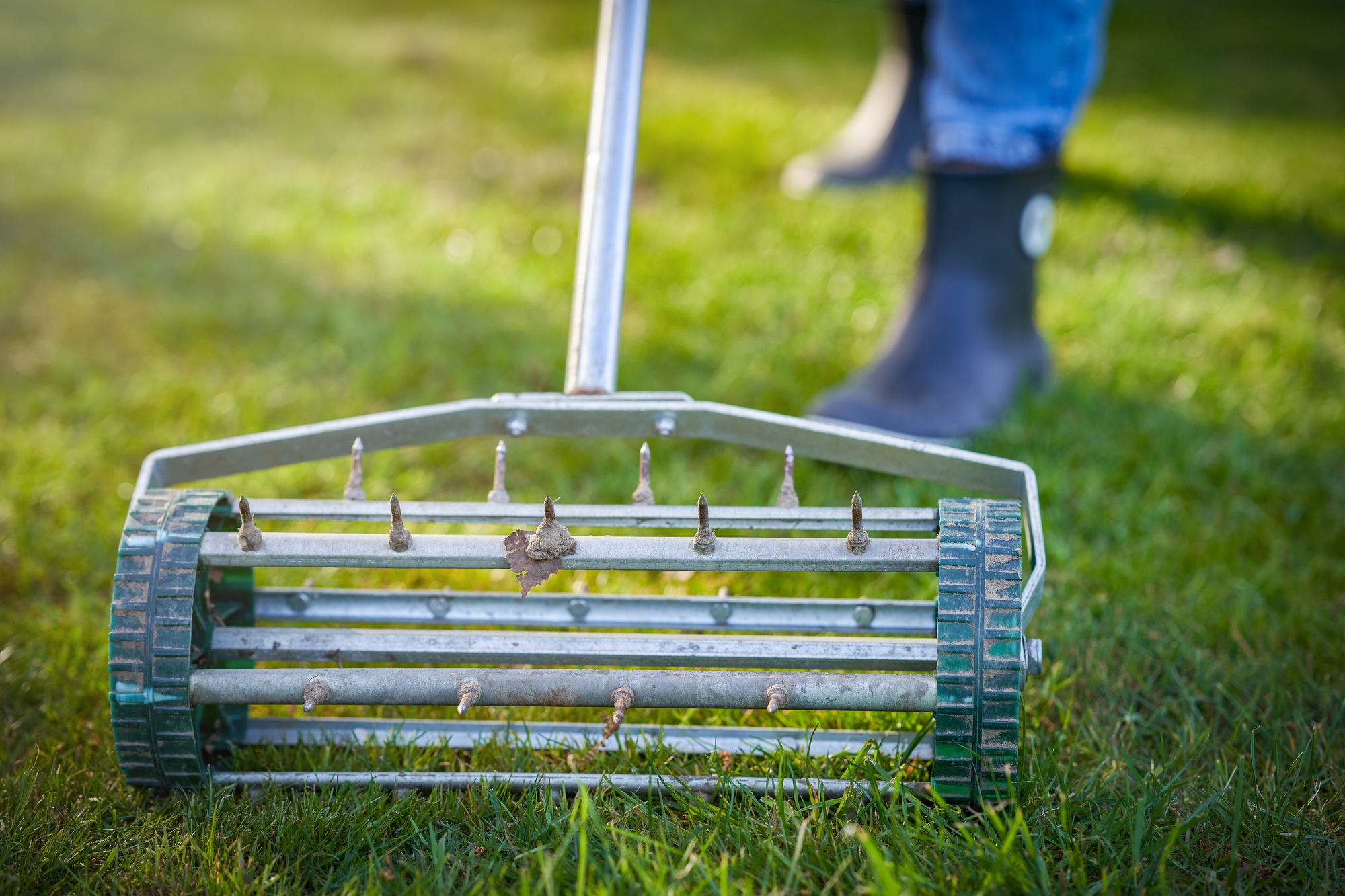Aeration is one of the most beneficial—yet often overlooked—practices in lawn care. Over time, soil becomes compacted and thatch builds up, restricting the flow of air, water, and nutrients to your grass roots. Aeration helps relieve this compaction by creating small holes in the soil, promoting deeper root growth and a healthier, more resilient lawn. Here’s what you need to know about how and when to aerate your lawn.
Why Aeration Matters:
Compacted soil limits root expansion and restricts access to essential nutrients. This leads to thin, patchy grass and increased susceptibility to drought, disease, and pests. Aeration loosens the soil and breaks up thatch layers, improving the movement of air, water, and nutrients into the root zone. The result is stronger roots, better water retention, and a greener lawn overall.
Types of Aeration:
The most common and effective method is core aeration, which removes small plugs of soil from the lawn. These plugs decompose and return nutrients to the turf. Spike aeration—using solid tines to poke holes in the soil—is another option, but it’s less effective for heavily compacted lawns, as it can actually increase compaction around the holes.
When to Aerate:
Timing is key to successful aeration. You should aerate during the peak growing season for your grass type:
- Cool-season grasses (like fescue, ryegrass, and Kentucky bluegrass): Best aerated in early spring or early fall when the grass is actively growing.
- Warm-season grasses (like Bermuda, zoysia, and St. Augustine): Aerate in late spring or early summer, just as the grass enters its most vigorous growth phase.
How to Aerate Your Lawn:
Before aerating, water your lawn the day before to soften the soil. Use a core aerator and go over the lawn in multiple directions for even coverage. Leave the soil plugs on the surface—they’ll break down naturally and enrich the soil. After aeration, consider overseeding, fertilizing, or applying compost to help your lawn recover and take full advantage of the improved soil conditions.
How Often to Aerate:
Most lawns benefit from aeration once a year, especially if they receive heavy foot traffic or are made of clay soil, which compacts easily. Lawns with sandy soil may only need aeration every two to three years.
By incorporating aeration into your annual lawn care routine, you’ll give your grass the foundation it needs to thrive. Healthier soil means stronger roots, better drought resistance, and a lawn that looks lush and vibrant all season long.


